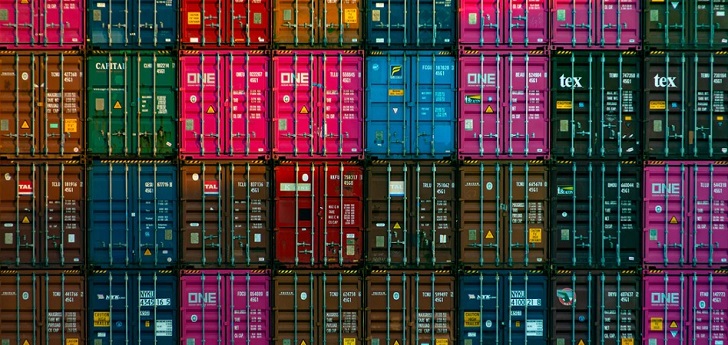Vertiginous quarter: margins drown due to costs and ports collapse
Rising costs and changing from ship to plane to avoid port collapse have led the industry to expect three more months of falling margins. Adidas estimates a € 500 million impact in the second half of the year.

A rough last quarter for the fashion industry. The biggest operators have endured a quarter with significant drops on their margins, due to rising costs in sourcing and logistics as well as the decisions made to avoid ports collapse and securing the supply. Huge companies like Adidas estimate a € 500 million impact for the second semester.
Although the inflationary tension in costs has been an issue for almost a year and a half, this trend has worsened over the last few months, with freight and container rates at record highs and ports collapsing as a result of the Covid-19 escalation in Asia or major delays in the United States.
Global economy is facing the impact of the pandemic on the supply chain, with supply shortages and rising costs in a wide range of sectors, from automotive to food to fashion.
The fashion industry switched from ships to planes (more expensive) to ensure their supply
On the one hand, the fall in demand in the first half of 2020 has led to a reduction in capacity in both vessels and containers. This has caused an increase in shipping costs. On the other hand, the health and safety measures imposed on ports have led to a reduction in the activity, causing congestion in markets such as the United States (especially on the West Coast), the United Kingdom (also affected by Brexit) and Europe, which has resulted in delays.
Besides, since July the industry is facing an escalation of the pandemic in Southeast Asia, one of the main sourcing hubs. Countries like Vietnam have been profoundly affected, so their manufacturing centres have highly reduced their supplying capacity. Furthermore, there is the source materials’ price issue. Cotton and other fibres are rising in price month by month, pressured by the recovery after the 2020 hiatus and by the increase in demand for sustainable materials.
After a 2020 full of restrictions on commercial activity as well as aggressive discounting to sell the stock, the fashion industry hoped that less promotional activity and the revival of sales would also boost margins. Nevertheless, higher transport and logistics costs are penalising the sector, which is looking for ways to secure its supply to answer to demand.
Companies like Adidas estimate a € 500 million impact for the second semester
So what is the fashion industry doing? Besides working with less affected and closer production centres? The fashion business is switching from plane to vessel (a less profitable mean when speaking of margins) in order to avoid the ports’ collapse and the containers’ shortage.
In their first semester results, major US companies (the first to report results, as opposed to European ones) warn of the measures they are taking. The San Francisco-based group Gap is “carefully balancing” in its full-year forecast the benefits of its improving product with “the short term expense of inflation and supply chain pressures, including significant investments in air freight to partially mitigate longer lead times and shipping delays so that inventories are well positioned for back-to-school” campaigns.
Tapestry, the holding company for Coach, Stuart Weitzman and Kate Spade, admits that “as increased transportation costs impact the profit and loss account, the increase may not exactly match some of the price increases.”
German group Adidas is one of the few to put figures to the escalation of costs and attributes to “external factors” around € 500 million in the first half of the year, half the amount expected for the second half. The sports equipment company is relocating its production, renegotiating with suppliers, relying on air transport and prioritising the release of certain campaigns.
Under Armour puts the negative impact at ten basis points, on its supply chain’s second quarter margin, as “profits and product costs payed off for higher transportation and logistics costs.”


info@themds.com
Validation policy for comments:
MDS does not perform prior verification for the publication of comments. However, to prevent anonymous comments from affecting the rights of third parties without the ability to reply, all comments require a valid email address, which won’t be visible or shared.
Enter your name and email address to be able to comment on this news: once you click on the link you will find within your verification email, your comment will be published.